Samsung Galaxy Book 4 Edge review: livin' on the edge
With a Qualcomm processor, Samsung's latest Galaxy Book runs for longer
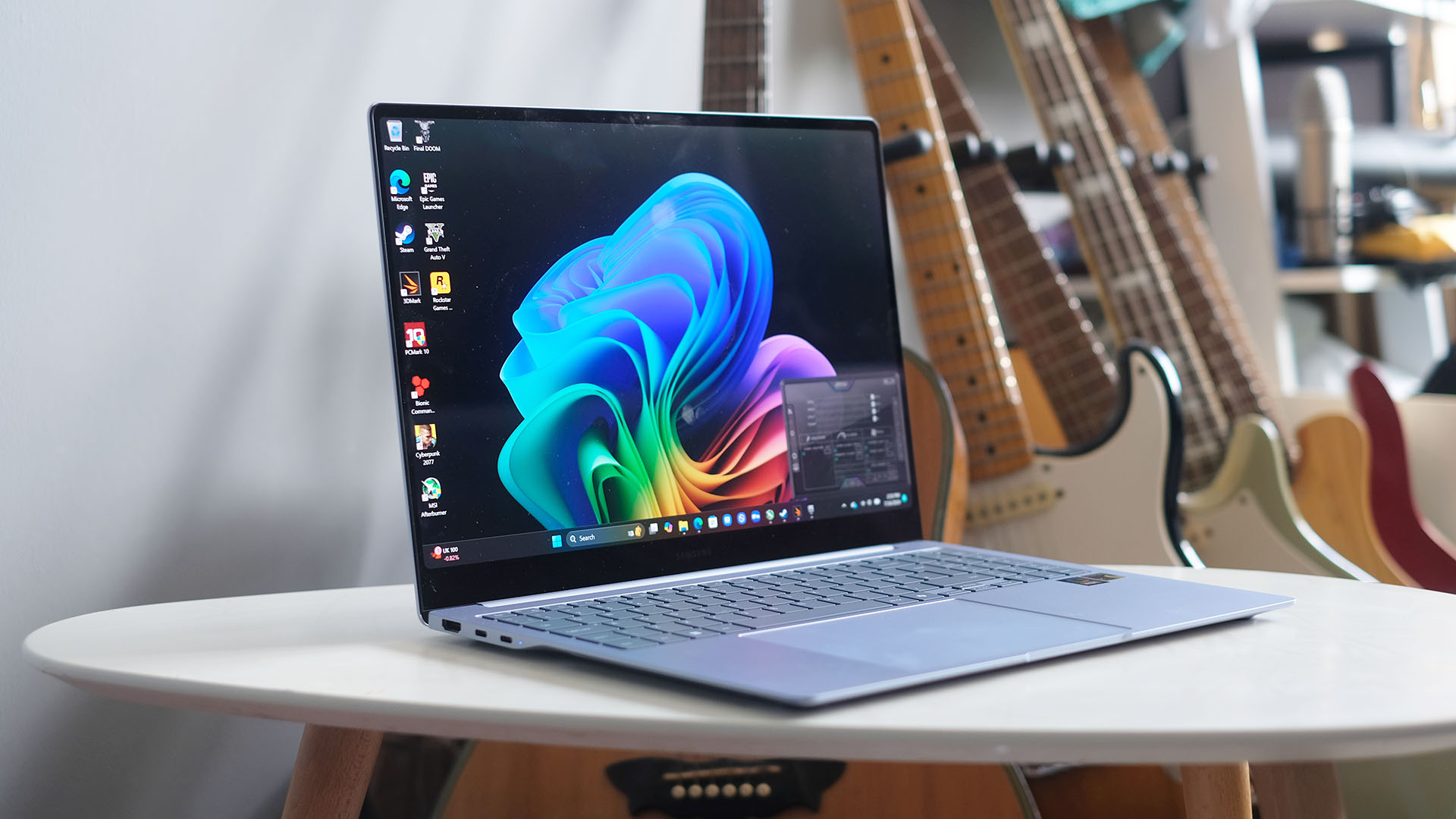
Just as the same suggests, this laptop is a lot like the other Samsung Galaxy Book PCs on the outside, with an AI-ready CPU injected. That means better battery life for light work, although we don't get mega improvements elsewhere and you should prepare for some minor early adopter niggles.
-
+
Better battery life than the other Galaxy Books
-
+
Great OLED screen
-
+
Quality build
-
-
Keyboard is a little shallow
-
-
Some compatibility issues at launch
-
-
Touchpad clicker could be more refined
Why you can trust T3

Microsoft and Samsung would like you to believe the Galaxy Book 4 Edge is the beginning of a new era of PC, that of the AI laptop.
Read enough official blurb about these things and you'll get schooled-up about NPUs and TOPS – acronymed to the brim. Actually use these PCs and it's something else that sticks out.
PCs like the Samsung Galaxy Book 4 Edge are way closer to the style of laptop Apple started making in 2020. A switch to more phone-like processors means longer battery life without getting there by scrimping on power.
Does the AI make that much of a difference? Not really – not yet anyway. But the Galaxy Book series is better for travel than it's ever been and the Edge model on review turns in a good shift too.
Samsung Galaxy Book 4 Edge: Price & Availability
The Galaxy Book 4 Edge in its 16-inch form starts at £1499, increasing to £1699 (the version on review, complete with a punchier processor and double the storage, at 1TB). In the USA the same two models are priced at $1449 and $1749. Samsung doesn't sell laptops in Australia.
It's also worth noting that there's a smaller 14-inch model of the Samsung Galaxy Book 4 Edge. It's a little cheaper, although not by loads, with pricing starting at £1399/$1349. But if you want a smaller and more portable option then it might be a better fit for your needs.
Samsung Galaxy Book 4 Edge review: Design
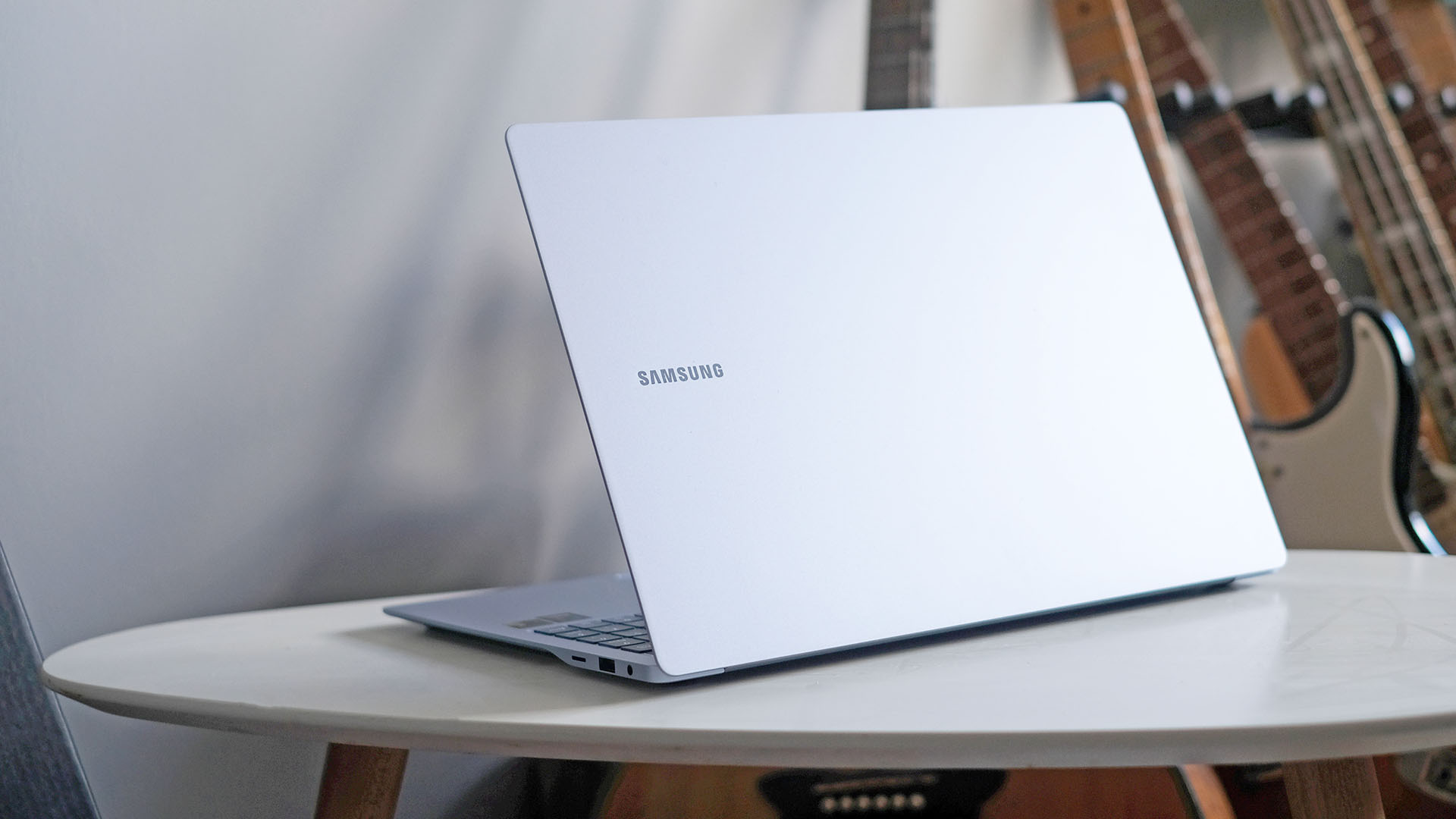
For a laptop that can legitimately claim to be among the first of its kind, the Samsung Galaxy Book 4 Edge sure does look familiar. This is a 16-inch notebook, a dead ringer for the Galaxy Book 4 Pro (which was reviewed just a few months back).
The aim with the Edge model here is a true no-compromise build with plenty of vague similarity to an Apple MacBook, without getting so close you'd call it an actionable copycat.
The Samsung's keyboard keys are a bunch more severe-looking, for one, but the Galaxy Book 4 Edge still has a full aluminium shell, end-to-end display glass, and an excellent all-round build.
There are not stacks of personality to be found here, just that sort of elevated sense of confidence that comes with a true high-price laptop.
You can absolutely use a Samsung Galaxy Book 4 Edge for everyday portable use too. The commitment to overtly top-tier build means weight is not truly low, at 1.55kg, but the 14-inch version weighs a whole bunch less (1.16kg) if that's a real turn-off.
I've been slinging the larger model in my rucksack – and no complaints. At 12.3mm thick, the Galaxy Book 4 Edge takes up very little room in said rucksack too.
Samsung seems to know that while tech reviewers might find the Edge a bit samey or familiar, there's a good chance prospective buyers have never even touched a laptop from this series. Instead of being an attention-hoarder, Samsung aims for something altogether classier. It's a relatively simple, but stylish design.
Samsung Galaxy Book 4 Edge review: Display
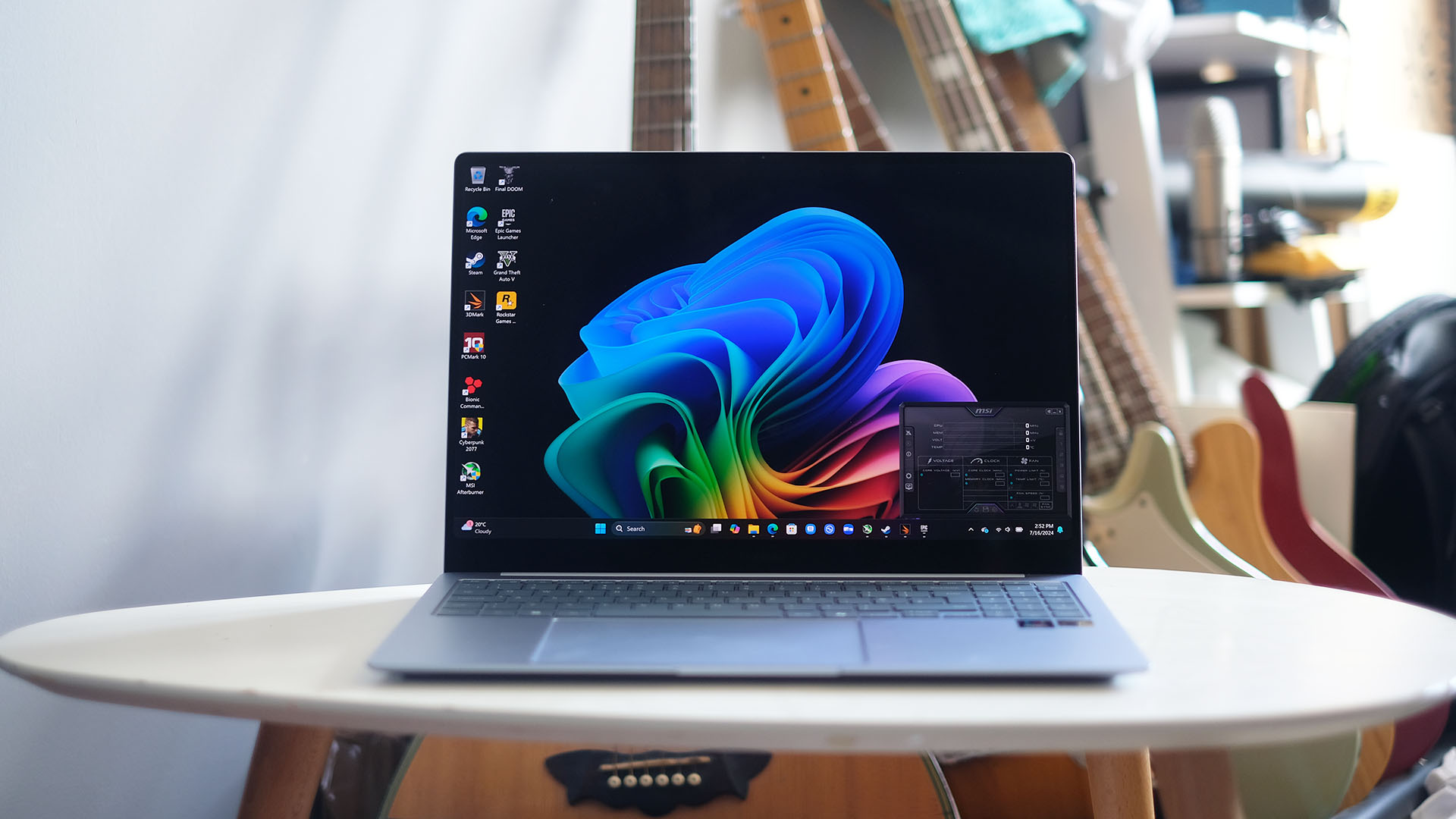
The Samsung Galaxy Book 4 Edge has a 16-inch (2880 x 1800 pixel) AMOLED2X screen. You get that resolution even if you buy the smaller model and, as many techies will know, Samsung actually makes the panels that go into gadgets like this. Well, Samsung Display does.
It has everything you'd look for in a top-flight laptop display in 2024. Maximum refresh rate is 120Hz rather than plain old 60Hz, for better motion. The OLED panel assures effectively endless contrast, and colour is rich yet well-calibrated.
Unlike some of the cheaper (or older) OLED laptops I've seen, the impression of those perfect OLED blacks isn't ruined in a well-lit room by internal reflections. Some of these screens can look downright grey in a room with strip lighting, but the Samsung Galaxy Book 4 Edge holds up well. It's not quite at the level of the most advanced phone displays just yet, but it's about as close as laptops get at present.
Similarly, the brightness of the screen is similar to that of the other Galaxy Book-series laptops, rather than jumping out ahead. You'll see around 370-nit brightness in normal use, while HDR content jumps up to 520 nits.
I got to try out the Microsoft Surface Pro 11th Edition recently, and that goes a chunk brighter. But this is likely down to what's available, or possible, at this size right now.
It's a cracking screen, just not all that different to what Samsung has put out recently. But there's also one key missing element: the Samsung Galaxy Book 4 Edge does not support any of Samsung's S-Pen styluses. It has a touchscreen but not the digitiser layer required for a smart stylus. If you want one of those, check out the Microsoft Surface Pro.
Samsung Galaxy Book 4 Edge review: Keyboard & Touchpad
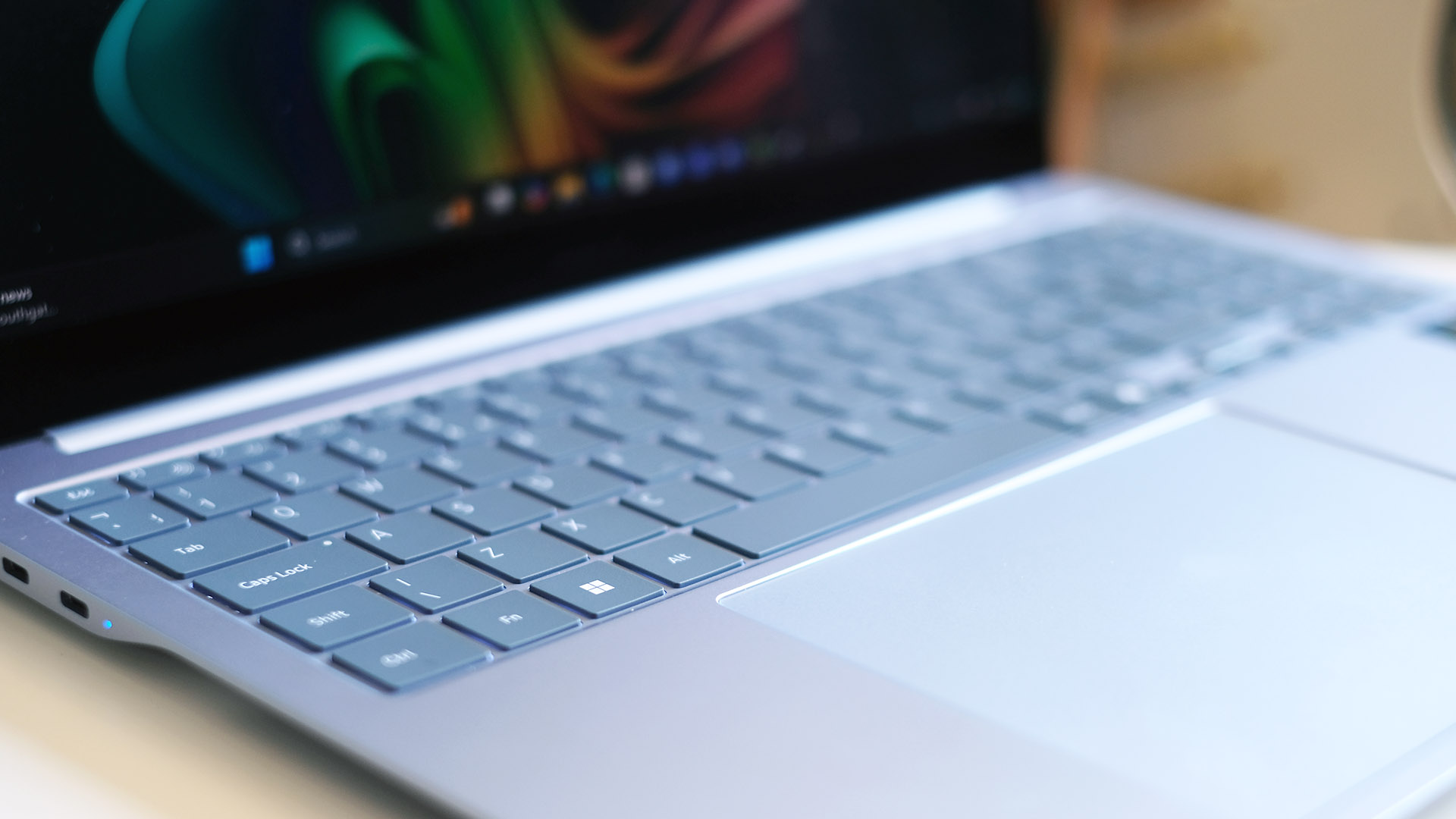
There's more deja vu involved in the Samsung Galaxy Book 4 Edge's inputs, which again are just like those of the laptop's siblings. Samsung has clearly found a groove it likes here, but it's not my favourite part of the laptop.
The Samsung Galaxy Book 4 Edge's keyboard is quite shallow-feeling, relying on crisp and bright feedback rather than a more meaty or substantive feel. This 16-inch model also crams in a NUM pad to the right, which pushes the main part of the keyboard and touchpad off-centre.
This will take a little getting used to if, for example, you're considering switching from a MacBook Pro or a smaller NUM pad-free laptop.
I find the Samsung Galaxy Book 4 Edge's keyboard feel is not too far off the MacBook Air I otherwise use daily. Its feel is just a little brighter and clicker. But as someone who types a whole bunch each day, my ideal keyboard would have a more meaty feel with greater travel.
The backlight looks great, though, with a design that emphasises lighting-up the lettering rather than the key perimeter.
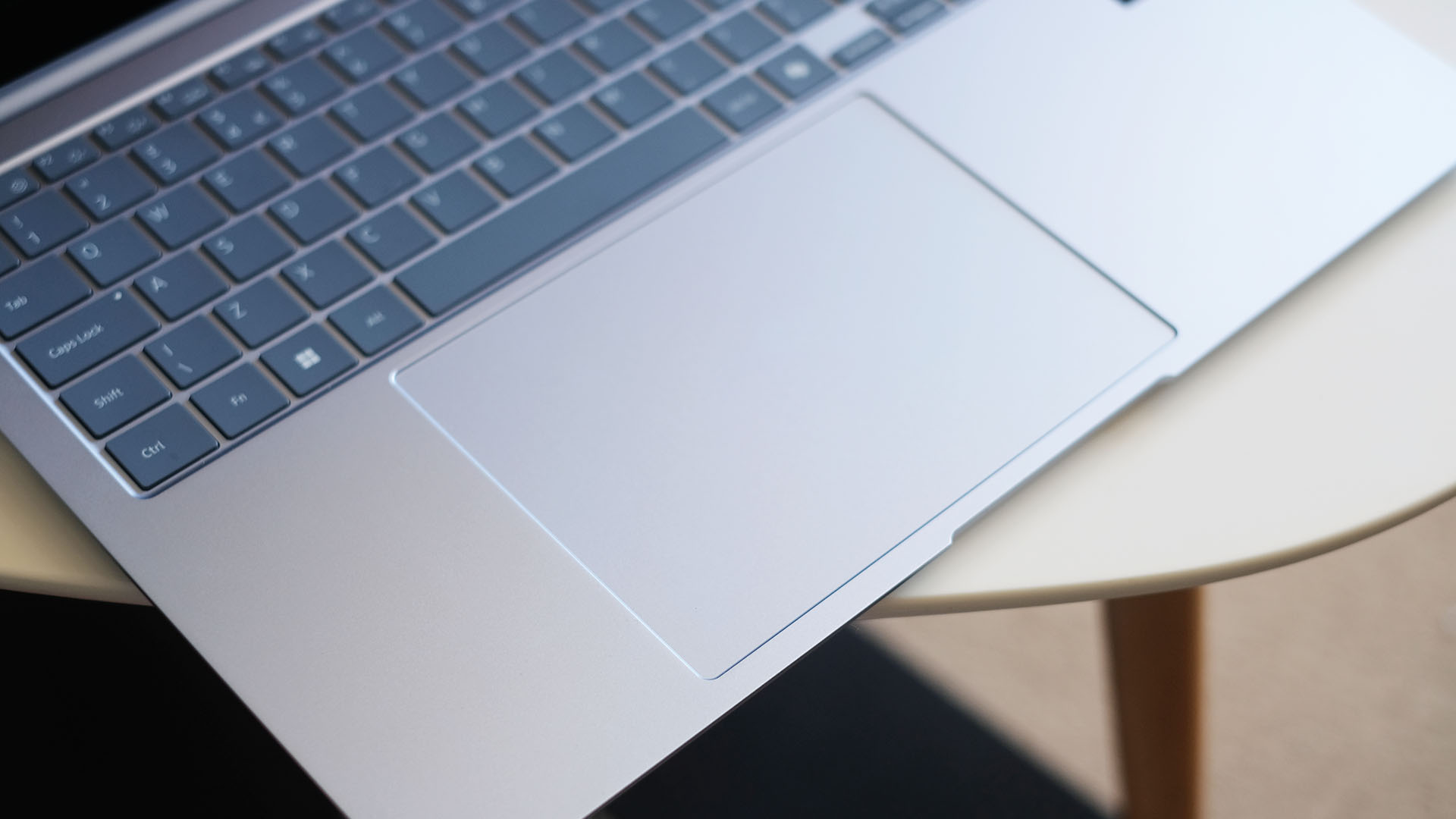
The Samsung Galaxy Book 4 Edge touchpad is also something I think Samsung could refine just a touch in future models. Sure, it's massive. Yes, the pad is made of textured glass, which is a perfect match for the compromise-free vibe Samsung aims for.
However, the clicker doesn't feel as good as the best of the MacBook, Microsoft Surface or Lenovo ThinkPad series. Again, it's a touch bright, a little noisier than I'd like. This series deserves an expensive-feeling touchpad, and the mechanical clicker lets the side down just a fraction.
These aren't remotely bad keyboards or touchpads, but when Samsung clearly wants these Galaxy Book laptops to feel lavish, there's a little more refinement that could be done here.
Samsung Galaxy Book 4 Edge review: Performance & AI features
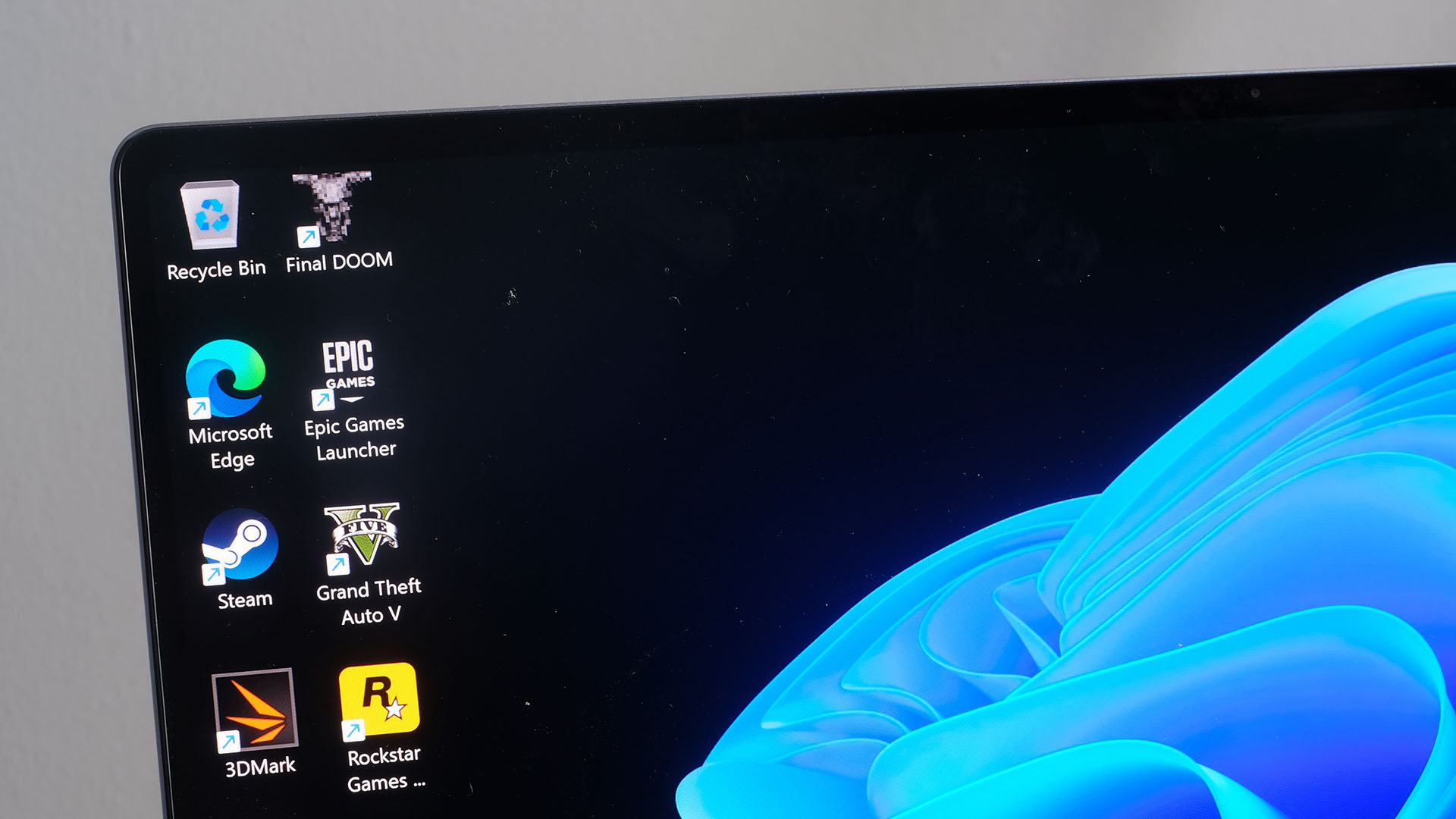
So far the Samsung Galaxy Book 4 Edge sounds like a rehash of Samsung's existing models. But this is where things get interesting.
The Samsung Galaxy Book 4 Edge is the first Samsung laptop to use one of Qualcomm's Snapdragon X Elite processors, and the first Samsung to be part of the CoPilot Plus club (kinda the same thing, effectively).
Microsoft announced this certification in May 2024. The concept is these are made-for-AI PCs that have NPUs (neural processing units) powerful enough to enable neat, fully offline AI features.
Much like the overall hype around AI, these CoPilot Plus features probably aren't going to change your life for the better right now. Paint's Cocreator function, a generative AI that makes images from your sketches, is fun to play around with but requires an active internet connection.
There are neat webcam functions that blur out the background and pan to follow you around a room. But it's nothing we haven't seen before – it now just uses less power and makes your laptop less hot.
Recall, which is like a digital PA that can look back into your past activity to help you find web pages, contacts and emails, could be useful. But it's proved so contentious and had such a mis-managed prelaunch it's not available to the general public at the Samsung Galaxy Book 4 Edge’s release.
Maybe you dig the AI stuff. Maybe you don't. But there's plenty to dig your teeth into elsewhere. For example, the Samsung Galaxy Book 4 Edge's Qualcomm Elite processor is as capable as the best of the Intel stuff put into laptops like this in most respects, while also consuming less power. And apparently Samsung has the exclusive on the most powerful version of this processor. The difference isn't a nothing-burger either.
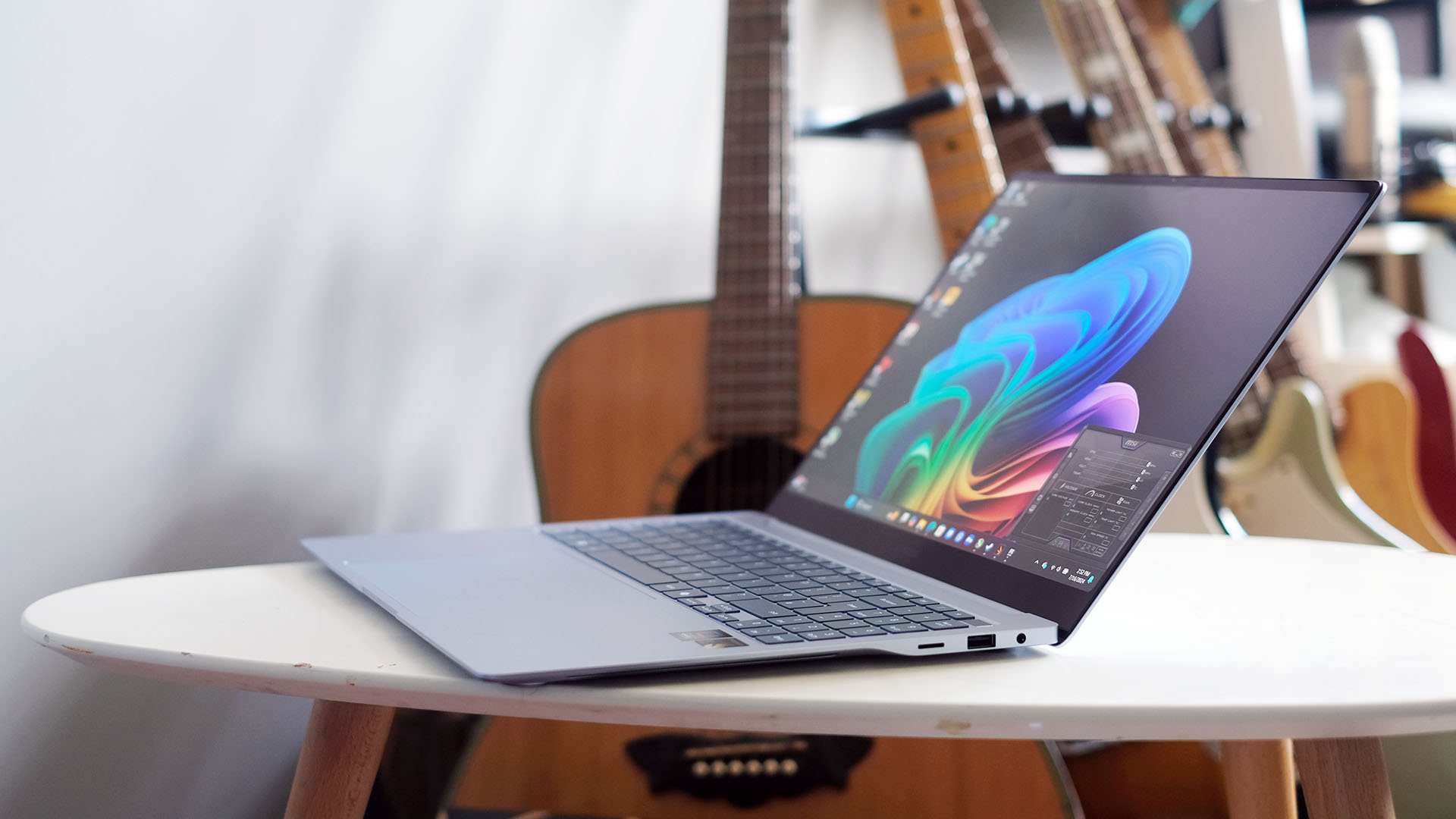
According to my tests the Samsung Galaxy Book 4 Edge has 6% more CPU power than the Surface Pro 11th Edition and up to a whopping 18% higher graphics power. That's big. You do have to pay for it, though, as only the top-spec £1699 model gets the primo Snapdragon X Elite CPU.
Without wanting to send us back to Earth with a backside-bruising bump, I also seemed to have a few more issues getting games to run reliably on the Samsung than the Microsoft Surface Pro. These are no doubt early doors issues, but it's a reminder you're signing up as a full-on early adopter if you buy one of these CoPilot Plus PCs.
Early signs on their performance and compatibility with existing Windows apps and games are good, but you need to prepare for a bedding-in period. Within a couple of firmware updates, this thing should be perfect for both work and casual gaming – including some pretty demanding titles.
I also found the Samsung Galaxy Book 4 Edge gets reasonably toasty when pushed for an extended period, despite using a supposedly super-efficient processor. Samsung has leaned into Snapdragon efficiency, using what sounds like a very small, far-away fan in this thing. But in the grand scheme of things barely generates any noise even after being under strain for a prolonged period. It's often not just drowned out by the laptop speakers, but the ambient noise from a nearby open window.
Samsung Galaxy Book 4 Edge review: Battery Life
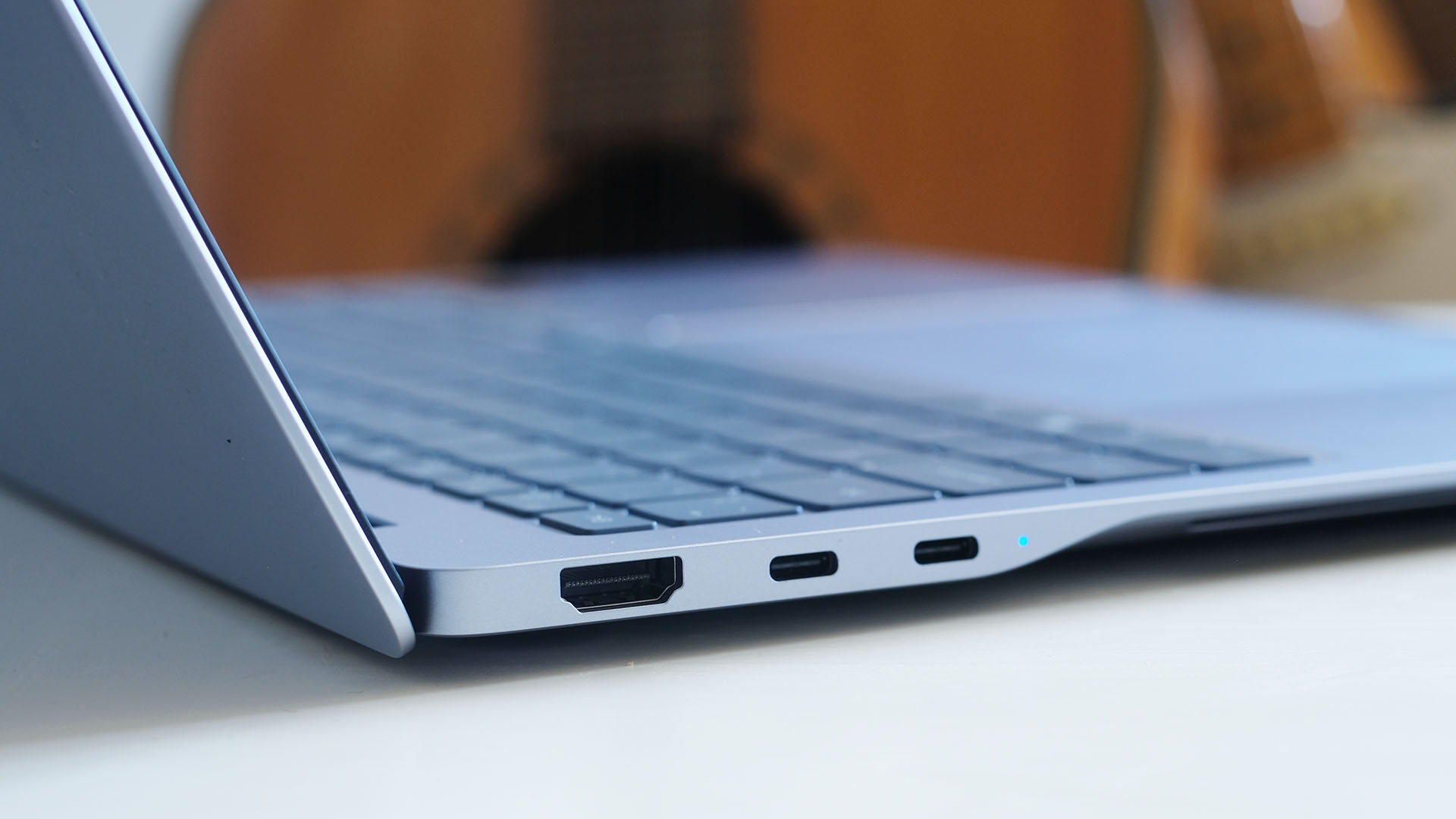
One of the big claims of these made-for-AI laptops is they can last an age off a single charge thanks to their smartphone-like processors. Figures for the first wave reach up to 26 hours of light jobs per charge, and Samsung says the Galaxy Book 4 Edge lasts 22 hours of video.
You're looking at well over all-day use when performing light jobs, but I haven't managed to get that close to Samsung's claim. I found it lasts just over 15 hours of YouTube streaming, for example.
The new processor is no magic bullet in general, either, as the battery can drain at least moderately fast when installing and downloading apps. Battery life heads down closer to the 5.5-hour mark in that case, based on my testing. When playing games, that figure drops closer to 2 hours.
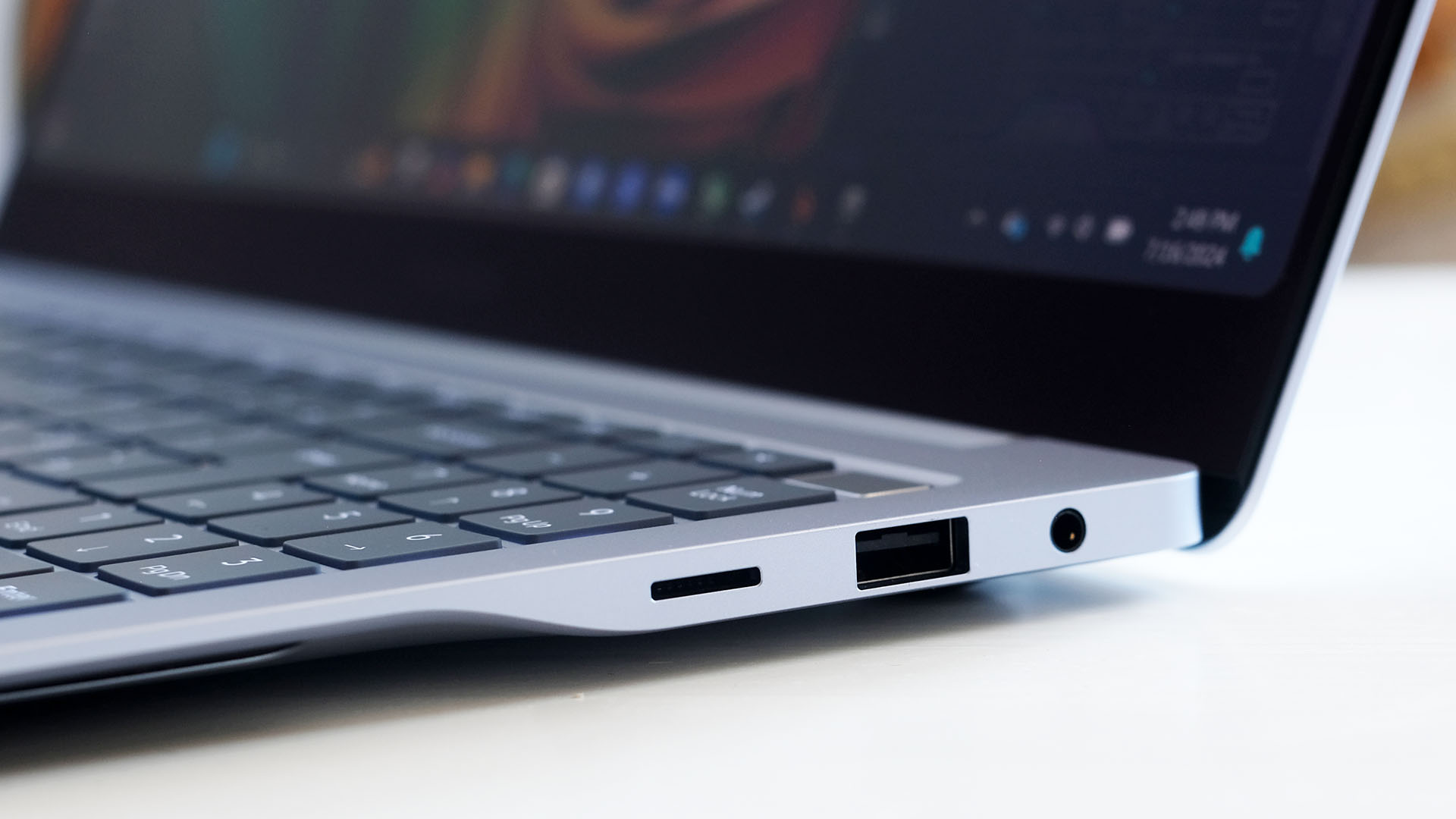
As we saw in the Microsoft Surface Pro, these Snapdragon laptops may match a MacBook on stamina when doing light general work, but Apple still has the upper hand when things get tough. An upgrade over an Intel laptop? Absolutely.
What's left? The Galaxy Book 4 Edge has an okay spread of connections. There are two USB-Cs, one USB-A, an HDMI, 3.5mm connector and a microSD slot. Not bad.
The speakers sound respectable when played solo. But they don't get close to the power of a 16-inch MacBook. The bass depth isn't here, the tone is a bit boxy. Sure, they do the job. But Samsung can do a bit better here in future.
The webcam is solid but, again, we're not breaking any new hardware ground here. We get a 1080p camera with great noise suppression for your video chats, but your face is still going to look soft in imperfect lighting because noise reduction isn't magic. It also doesn’t support face login, as that job is left for a fingerprint scanner in the top-right of the keyboard.
Samsung Galaxy Book 4 Edge review: Verdict
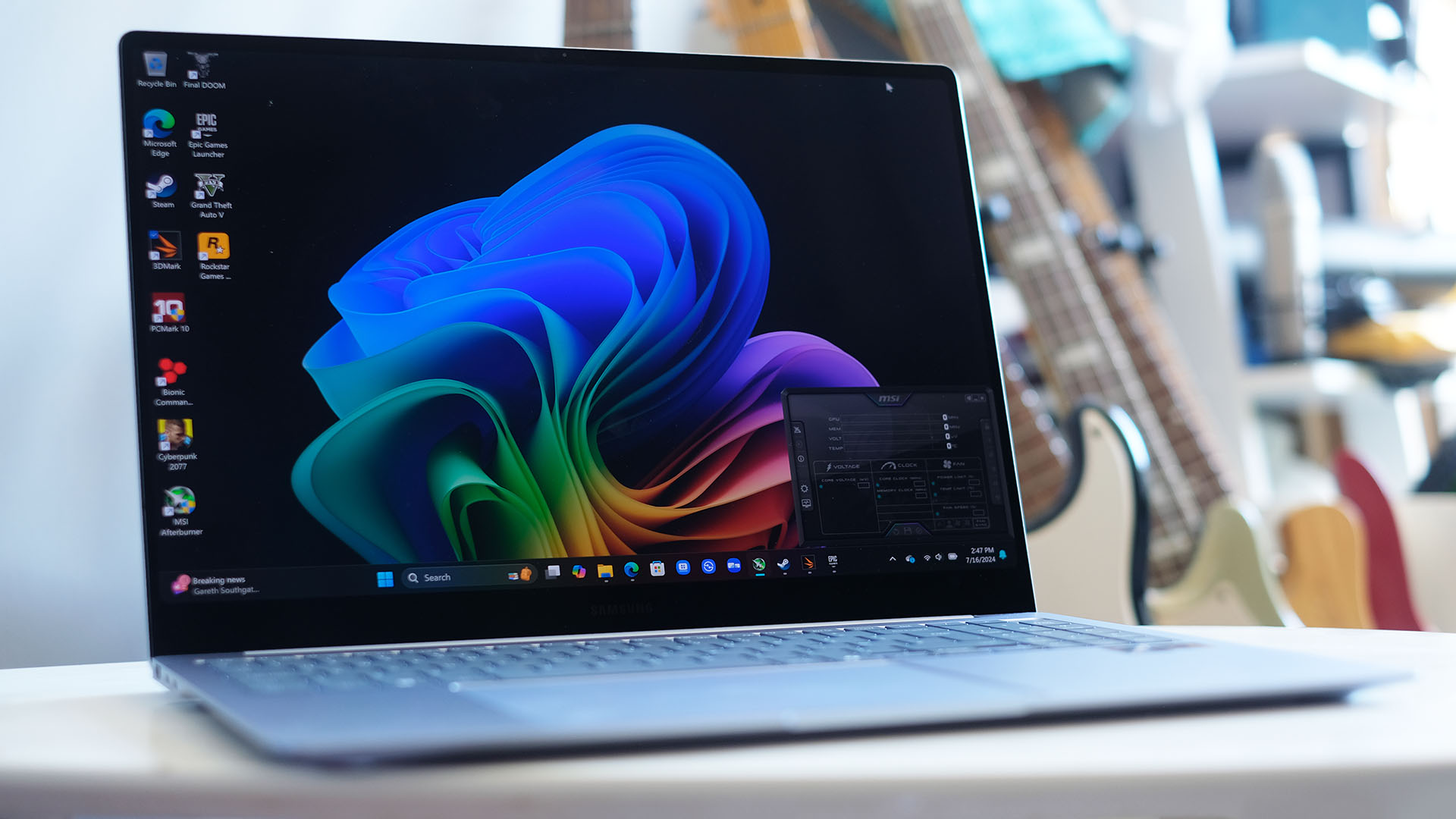
The Samsung Galaxy Book Edge feels much like a Galaxy Book Pro, but with a Snapdragon X Elite inside instead of an Intel chipset.
This means it's one of the more upscale (and largest) made-for-AI laptops you'll find, with just a few little gripes you should know about. The keyboard is quite shallow-feeling, and the clicker of the touchpad isn't the best around.
The rest is up there, though. The screen is great (just lacking the stylus support to give it that extra edge of creative flexibility), battery life is good (if not quite as strong as the lofty claim), and all that makes for an elevated Galaxy laptop experience that's well worth investigating for early adopters.
Also consider
If you like Samsung's style, don't forget there's a 14-inch version too. Similar stuff, just smaller. Have your heart set on a larger screen? This Samsung is actually the biggest CoPIlot laptop available right now, even though 16-inch is a popular size.
Your other two fairly big-screen options are the 15-inch Microsoft Surface Laptop and the Asus Vivobook S 15. The Asus is the value option here. It's a bunch cheaper and has a chunkier keyboard. But as part of the mid-tier Vivobook series, you're not going to get quite the all-round sense of luxury of the Samsung Galaxy Book 4 Edge.
Sign up to the T3 newsletter for smarter living straight to your inbox
Get all the latest news, reviews, deals and buying guides on gorgeous tech, home and active products from the T3 experts

Andrew is a freelance tech and entertainment journalist. He writes for T3, Wired, Forbes, The Guardian, The Standard, TrustedReviews and Shortlist, among others.
Laptop and computing content is his specialism at T3, but he also regularly covers fitness tech, audio and mobile devices.
He began writing about tech full time in 2008, back when the Nintendo Wii was riding high and smartphones were still new.
-
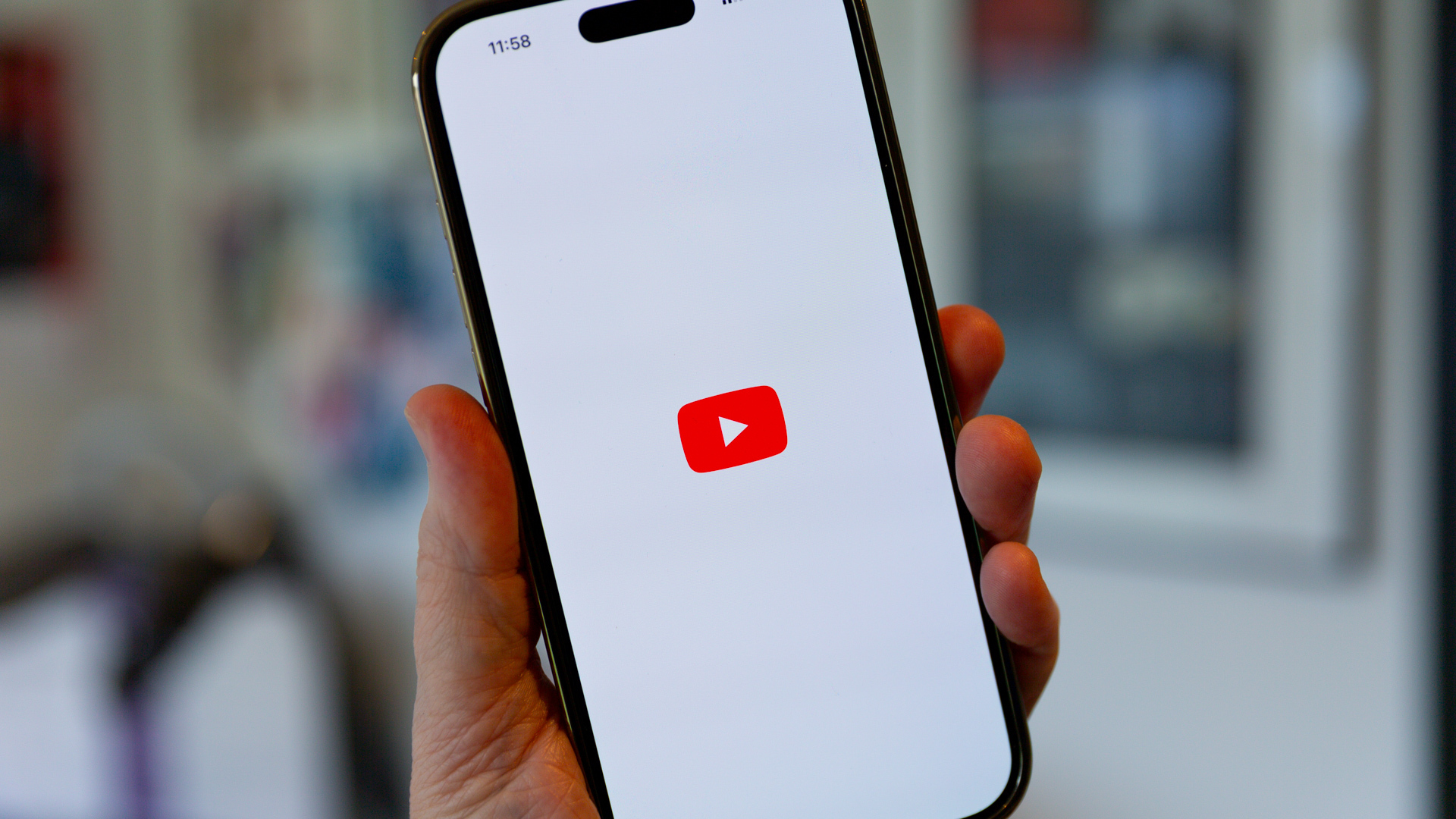 Future YouTube feature could put an end to your doomscrolling
Future YouTube feature could put an end to your doomscrollingAnd that's something we would love to see
By Britta O'Boyle Published
-
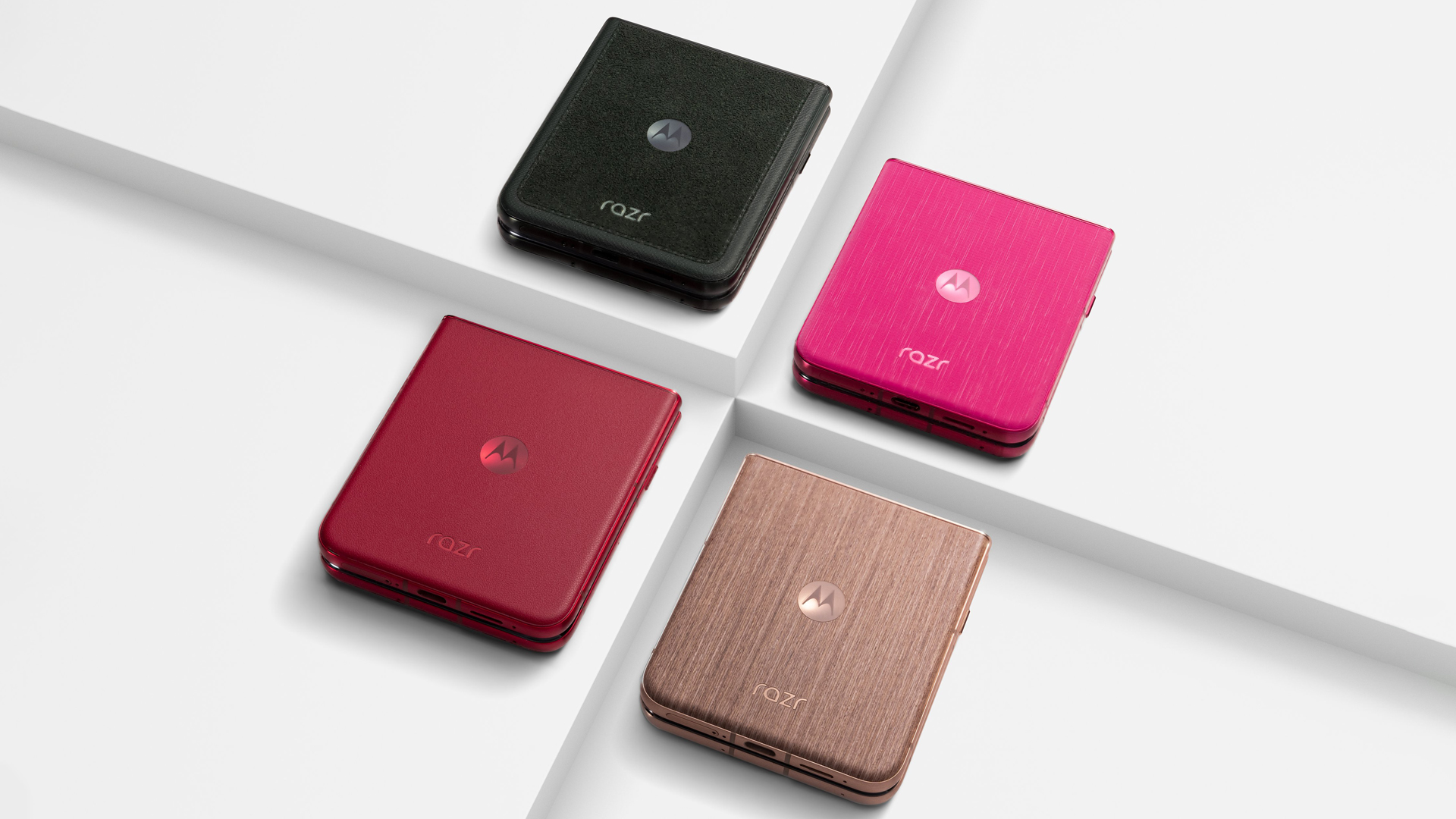 Iconic foldable phone to get an update later this month
Iconic foldable phone to get an update later this monthMotorola is promising to revitalise its flip phone later in April
By Chris Hall Published
-
 Breitling adds two new Top Time chronographs celebrates the legacy of cycling legends
Breitling adds two new Top Time chronographs celebrates the legacy of cycling legendsThese are gorgeous watches
By Sam Cross Published